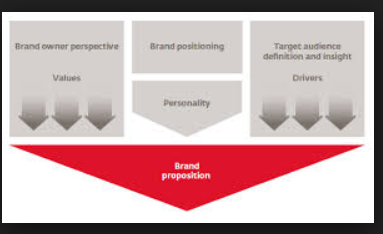Proof Book.
 A long time ago, during my formative years as a brand planner I worked as an advertising account person on AT&T Business Communications Services. The portion of the business I handled, following a large management consulting reorg of the business, was emerging services. That meant non-phone services; the precursor to internet and cloud offerings.
A long time ago, during my formative years as a brand planner I worked as an advertising account person on AT&T Business Communications Services. The portion of the business I handled, following a large management consulting reorg of the business, was emerging services. That meant non-phone services; the precursor to internet and cloud offerings.
The business was parsed into 3 brand planks: reliability, competitive price (within 10% of MCI), and emerging services designed to increase business performance. We called the latter the Opportunity Zone.
The total ad budget at the time was about $125 million and at the beginning of the program we had no real map as to how to win our unfair share of the market. Someone smart in the AT&T marketing department suggested putting together a 3-ring binder complete with demonstrations of reliability, price programs and innovations to use when designing ads.
Let’s call that the Proof Book.
Readers of What’s The Idea? know that proof is a fundamental brand building strategy. Brand claims require proof. Every brand strategy I present has a digest of proof points undergirding the claim. Even as a one-sheeter, my brand strategies are mini proof books.
I encourage every company looking to build a brand to look at your proofs of value and try to array them into three distinct and cohesive areas. Much the way AT&T did. You will be amazed by what you see. For examples of real proof arrays, please write Steve@WhatsTheIdea.
Peace.


